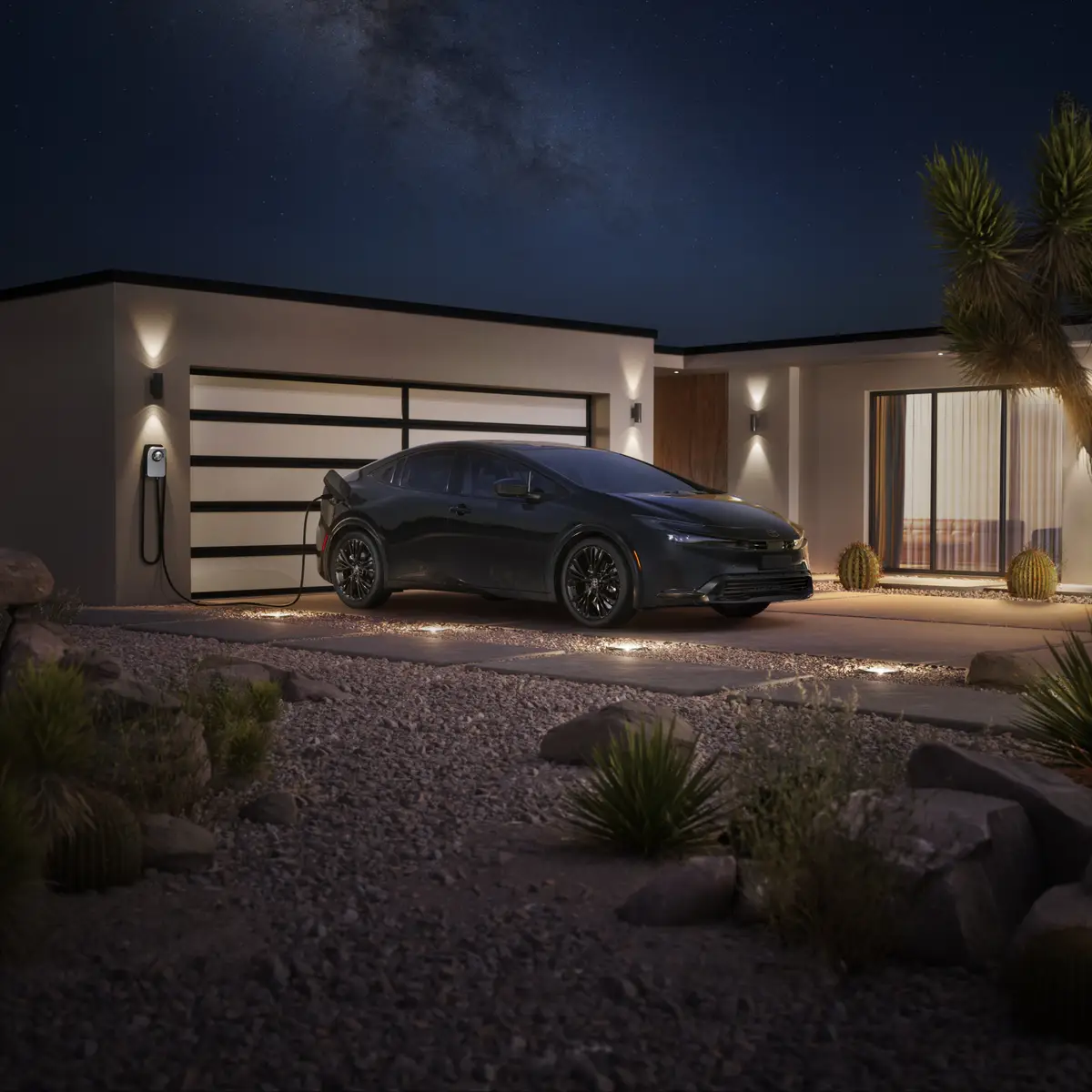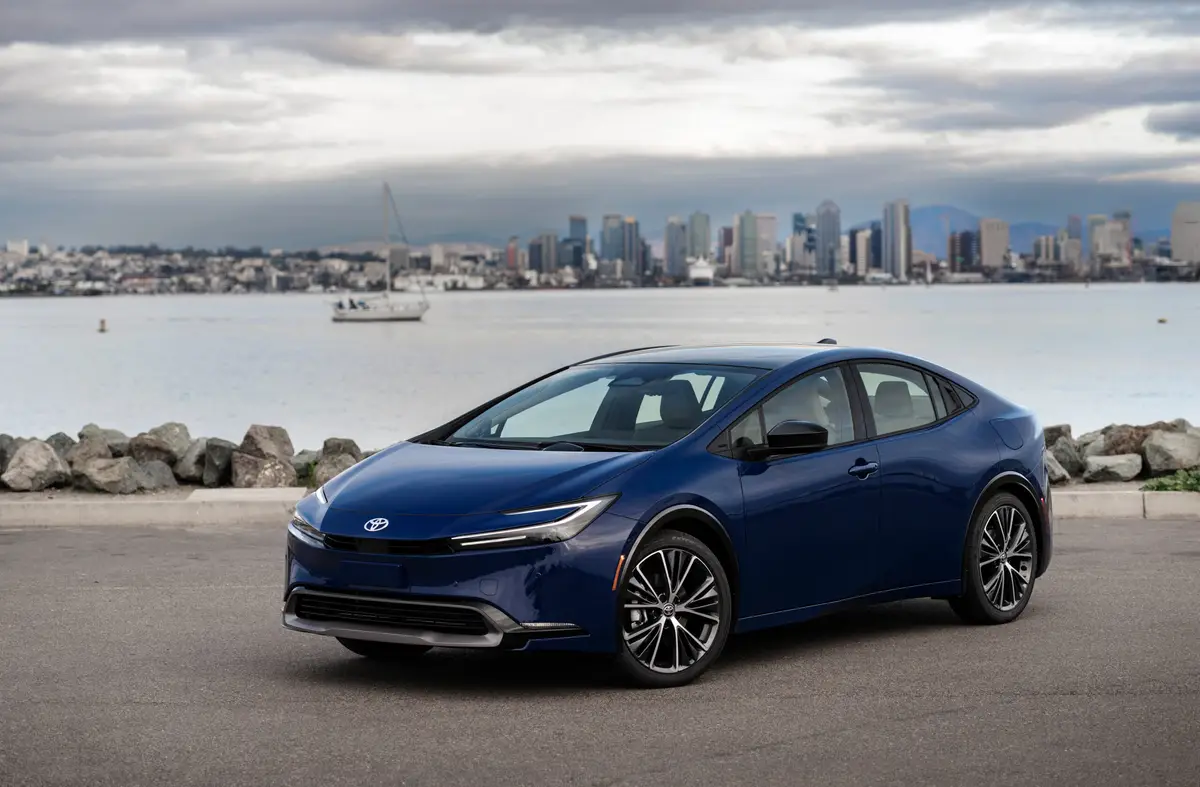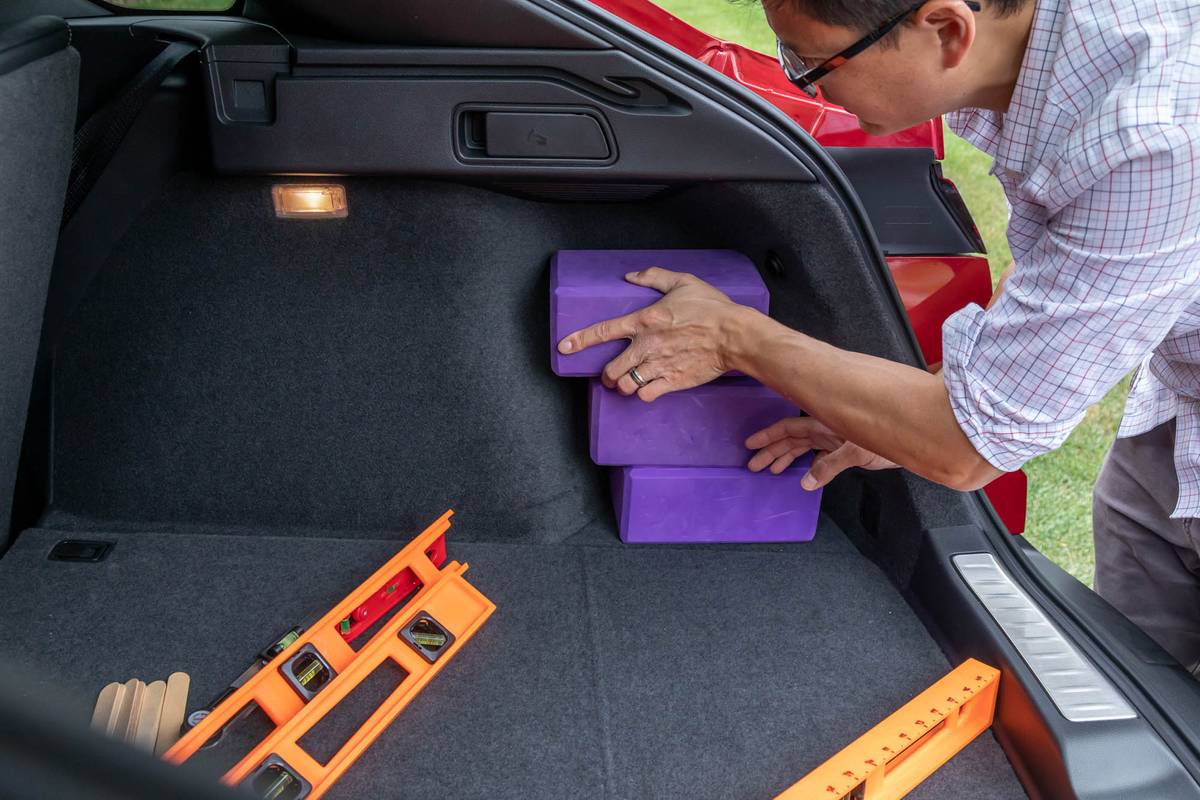washingtonpost.com's view
I remember hamburgers. I ate many of them back when appetite outran personal health, when banks meant “trust,” when Buick meant something in the United States.
Now, for me, hamburgers are a distant memory. The recent bad behavior of too many banks has eroded my trust in them. Buick is the star of the road in China. But it’s struggling to regain relevance in the United States.
At least in the case of Buick, the “middle-class” division of General Motors, there is something to smile about.
For the purposes of this column, I wish to stay away from “comeback” rhetoric and concentrate on what actually is happening at Buick. No one has come back from anything until there is ample evidence of consistent, changed behavior in remedial direction. It’s like habitually consuming Activia yogurt instead of a hamburger and fries washed down with a “Big Gulp” cup of Dr Pepper.
Since 2007, with the introduction of the well-executed, well-received Buick Enclave crossover utility vehicle, Buick has been providing tangible evidence of a will to survive . . . and thrive.
The Enclave has been joined by well-conceived versions of the Buick Lucerne and LaCrosse sedans and now by the subject of this week’s column, the Buick Regal, an entry-level Buick that isn’t “entry-level” at all.
That means it isn’t “entry-level” in the 1970s-through-1990s way that GM once turned out cars for people who built things, taught children, and sold tools and other things for a living. American Buicks of that generation seemed designed with more disdain than respect for the middle class. They were tacky – shrunken, poorly built, ill-conceived versions of the Buick Electra, Invicta and Skylark models of the late 1950s and early 1960s.
Many of us felt betrayed. We turned away from Buick toward cars from Japan and Germany. Many Americans forgot that Buick existed, often confusing it with Oldsmobile as one of GM’s discontinued divisions.
Buick didn’t go away. Embarrassed by its failure at home, it reestablished itself overseas, in China, where emerging middle-class and upper-income markets demanded that their cars have perfect fit and finish, excellent design, fuel economy good enough for buyers in a nation hard pressed to find oil, and the kind of reliability that is needed in a country of frequently rough roads and too few certified automobile technicians.
Buick, the original import from Detroit, complied with those demands. In doing so, it appears to have learned how to build proper Buicks for America.
The new Buick Regal CXL Turbo sedan, driven for this week’s column, is a case in point. It is stunningly attractive to look at. Fit and finish, inside and out, are top of class – even rivaling Audi and Volkswagen, the longtime masters of classy interiors. Every amenity and infotainment feature available in substantially more expensive automobiles is offered, often as standard equipment, in the Buick Regal CXT Turbo.
Self-avowed automobile “enthusiasts” tend to hold themselves above the millions of consumers whose purchase of everyday cars make their “enthusiasm” possible. They seem not to understand that most companies making exotic or driver-centric cars can do so only if they have ample income from the production and sale of mass-market automobiles. It is why Volkswagen owns Audi, why Toyota can afford Lexus. It is why Porsche is surviving largely thanks to a Cayenne SUV that can carry families.
Our “enthusiast” friends spend much time and energy – and the pun here is intended – talking about 0-to-60 times and handling as if we all drive on racetracks, or need cars capable of doing so. Automobile advertising in car-buff magazines and TV commercials too often follows the “enthusiast” lead.
The truth is, we drive on roads such as the Capital Beltway, which is often congested, dangerous and heavily patrolled by law enforcement officials wearing badges that easily trump the importance of any badge on a car. The truth is, in a world where North Africa and the Middle East are exploding and where global warming has become more fact than fiction, we are less likely to remain more concerned about needlessly fast, consumptive cars than we are about the price of fuel and the air we breathe.
In that environment, the new Buick Regal CXT Turbo fits in nicely. We drove it hundreds of miles throughout Virginia and the Northeast in weather fair and foul. Its turbocharged 2-liter, direct-injection, in-line four-cylinder engine (220 horsepower, 258 foot-pounds of torque) was more than enough to handle highway traffic. It handled dicey driving – motorists passing from the right, stomping on their brakes and then dashing back into the right lane from whence they came – with aplomb. Wet-road braking, assisted by front and rear ventilated disc brakes, was excellent. So was driver’s peace of mind, assisted by a standard OnStar emergency communications system that guaranteed rescue in trouble everywhere we drove.
I don’t know whether Buick has come back, not any more than I am convinced I have completely abandoned my bad eating habits. I do know that the evidence shows that Buick is really trying. The least I can do is follow its example.
Latest news



